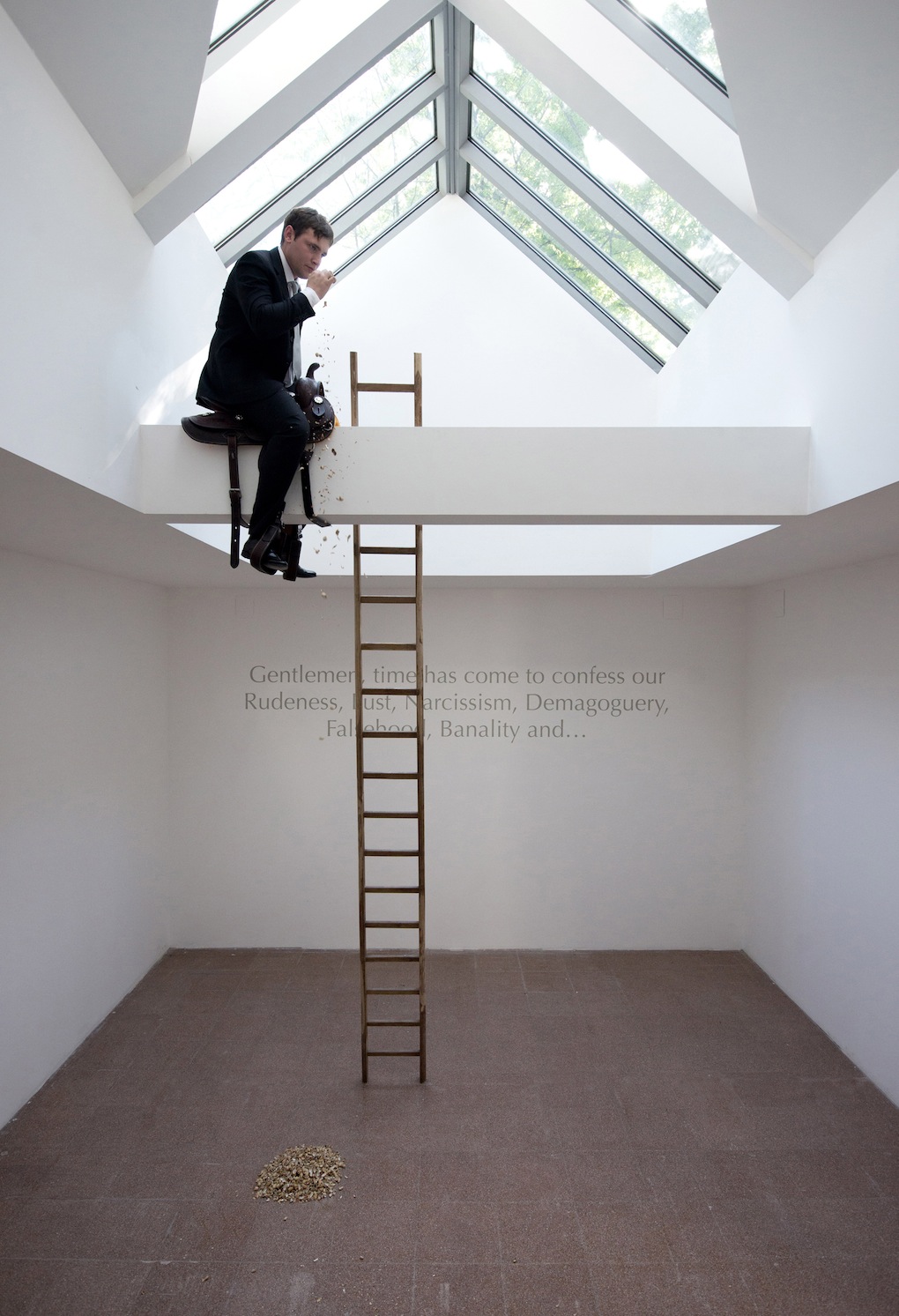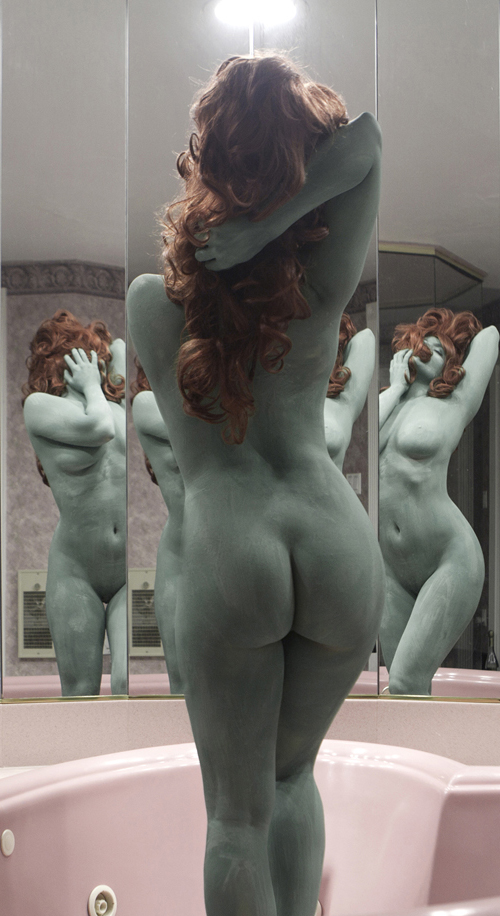
Sharon Eyal
Soul chain
“La pièce qui semble inspirée d’un numéro de music-hall ou de cabaret qu’elle pervertit aussitôt ne cherche pas l’élégance, ne tire pas vers la séduction aguicheuse et facile. Le geste est moins poli. Il déjoue les attentes et se moque des apparences. Le groupe transpire en permanence d’un irrépressible désir de résistance et de transgression, d’autant d’états, de sentiments intérieurs que Sharon Eyel et ses danseurs cherchent à extraire, à faire s’extirper et se libérer des corps qui exultent dans l’urgence.” Christophe Candoni
.
Salt Womb
“Laut Programm bewegt sich die Ballett-Compagnie in „Salt Womb“ als Ganzes wie eine Maschine. Und wirklich: im 1. Bild dieses Stückes mit dem enigmatischen Titel stehen die Tänzer und Tänzerinnen des Basler Balletts in einem großen Halbkreis, der zu Ende gedacht wie ein Zylinder wirkt, in dessen Mitte sich ein riesiger Kolben auf und ab bewegt. Die Körper der Tänzer:innen, die sich breitbeinig stehend immer wieder auf und ab bewegen, wirken wie gefangen in einem nicht enden wollenden Kraftakt: die minutenlange, fast stoische Wiederholung einer einzigen Bewegung zu hämmernden Technobeats hat tatsächlich etwas Inhumanes… Nach und nach formieren sie sich zu einer pulsierenden Gruppe in Dauerbewegung, zu einem unheimlich wirkenden Superorganismus, aus dem sich einzelne Tänzer:innen in kurzen Solopassagen herauslösen, aber immer wieder vom Sog des Gruppenpulses aufgesogen werden.” Renate Killmann






